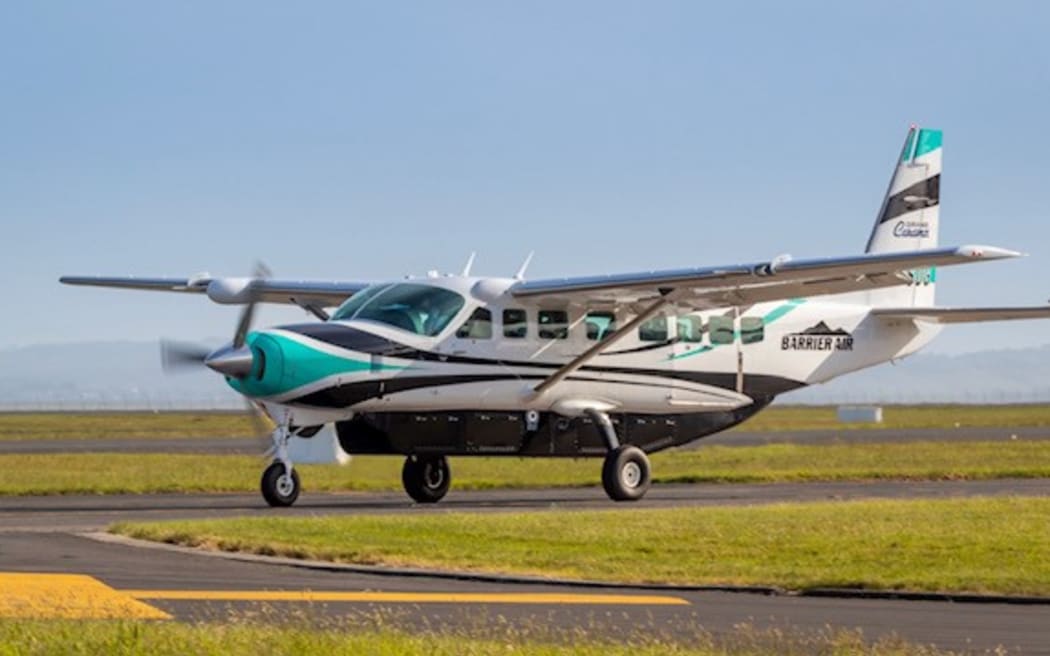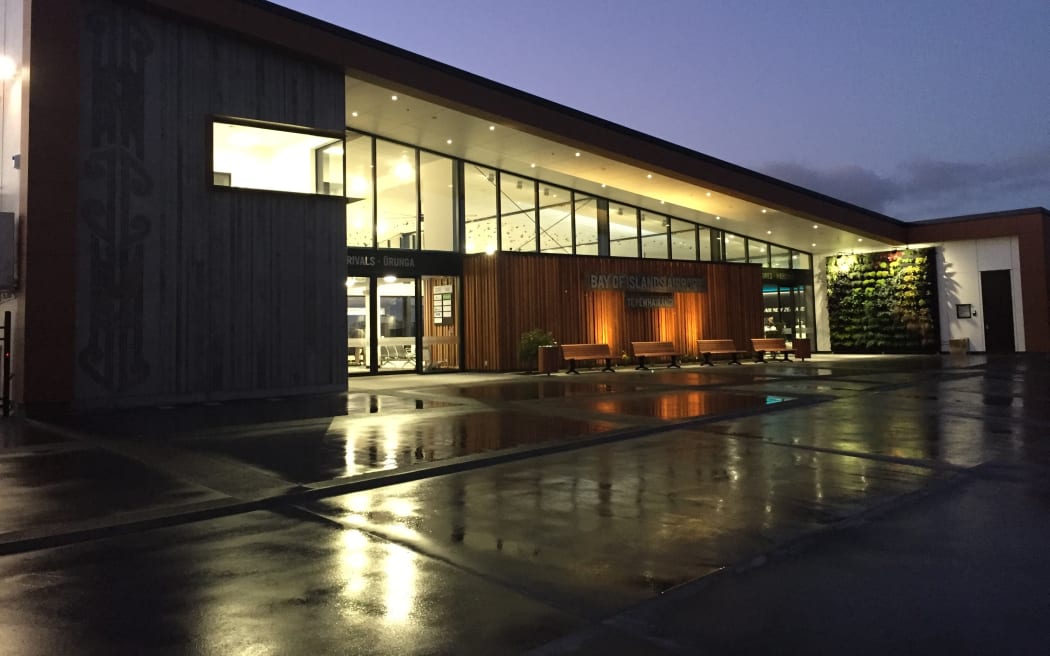
Barrier Air’s new Auckland-Kerikeri route will be served by a 14-seater Cessna Grand Caravan
Photo: Supplied
Air New Zealand is about to get some competition in the Far North with Barrier Air announcing it plans up to four return flights a day between Auckland and Kerikeri.
The regional airline already has a firm foothold in the district, building up a successful Kaitāia service since Air New Zealand pulled out in 2015.
It now flies almost 15,000 passengers a year between Kaitāia and Auckland.
Chief executive Grant Bacon said it made sense to expand Barrier Air’s service to the Far North’s biggest town.
“We figure that to continue our trajectory, Kerikeri is the next logical option. It’s still quite a distance to get to Auckland and there’s a need for choice in the Far North market, in particular Kerikeri.”
Unlike Kaitāia, in Kerikeri Barrier Air would be going head-to-head with the national carrier.
However, Bacon said feedback from the market was that Bay of Islands residents wanted more choice, fair prices, and another option when Air New Zealand flights were cancelled.
He said Barrier Air would also offer a “fairly unique” pricing system.
Instead of charging as little as $89 for a flight one way and as much as $450 for the return trip, depending on demand, Barrier Air offered a flat-rate return voucher system.
From today, Kerikeri vouchers, costing $245 return, could be used on any flights, even at peak times, within a 12-month period. The dates could also be changed without incurring extra charges.

From August this year people flying to or from Bay of Islands Airport in Kerikeri will be able to choose between two airlines, Air New Zealand and Barrier Air.
Photo: Supplied
Bacon said the service would start on 4 August with 22 return flights a week – four per day on peak days and two on quiet days such as Tuesdays.
As previously reported, Air New Zealand flights to and from Northland have been plagued by frequent cancellations in recent years.
In the past financial year, 6.5 percent of Northland flights, or almost one 1 in 15, were cancelled. The Kerikeri figure was just under 5 percent, or 1 in 20 flights.
Bacon said Barrier Air had not had one maintenance cancellation on its Kaitāia route since the Covid-19 pandemic, and only four cancellations due to weather in the past financial year – a rate of about 0.5 percent or one in 200.
He said that would continue with the Kerikeri flights because the airline had spent $5 million on a late-model Cessna Grand Caravan, an aircraft known for reliability and ease of obtaining spare parts.
Barrier Air also had a large team of pilots for an airline of its size.

A Barrier Air Cessna Grand Caravan at Kaitāia airport in 2015, on the first day the airline started serving the Far North.
Photo: RNZ / Peter de Graaf
Bacon said if the Kerikeri service went well, the airline would consider expanding to Whangārei next.
“It would be a complementary service to Air New Zealand. We don’t want to take over the whole market, but I think having a service and schedule that complements Air New Zealand would work quite well,” he said.
Barrier Air also flies to Whitianga, Great Barrier Island and Tauranga. Kerikeri will be the airline’s biggest destination in terms of population after Tauranga.
Air New Zealand regional affairs manager Jason Dawson said the company welcomed competition, and already competed daily on a number of domestic routes.
From 1 January to 30 April this year, he said Air New Zealand had cancelled 20 flights to and from Kerikeri out of a total of 1178 flights, a cancellation rate of 1.7 percent.
Dawson said the airline was always looking at ways to improve reliability, which included adding an ATR-72 aircraft to the Kerikeri schedule late last month.
The ATR-72 had 68 seats compared to 50 on the De Havilland Q300, the aircraft that usually served Bay of Islands Airport.
“Having our crew trained to operate the ATR in and out of Kerikeri means if there are any issues with a Q300, there is the potential for the ATR to be used as an alternative, if one is available. The larger aircraft will also help get more customers to where they need to be in the event we do need to cancel a service and put on a recovery flight,” Dawson said.
The Q300 has been used on the Kerikeri route since 2015, when it replaced the much smaller 19-seat Beechcraft 1900D.



